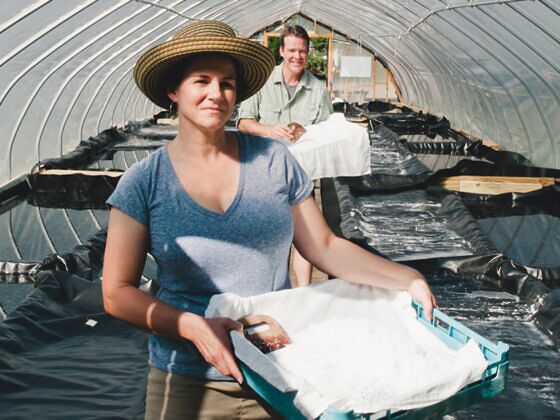For thousands of years, salt production has played an integral role in human history. Wars were fought over it, the French taxed shipments of it, even the word salary has etymological roots in salt — salary comes from the Roman word salarium, as a soldier’s monthly compensation was sometimes paid in salt.
That said, it can be easy to take salt for granted today. It’s the ubiquitous mate of pepper and on every diner table in America, after all. But there is a thriving community of artisans in Charleston, West Virginia, who are bringing the beauty and special nature of salt harvesting to life. A first-hand visit may make you reconsider all of the times you didn’t give quality salt enough credit.

